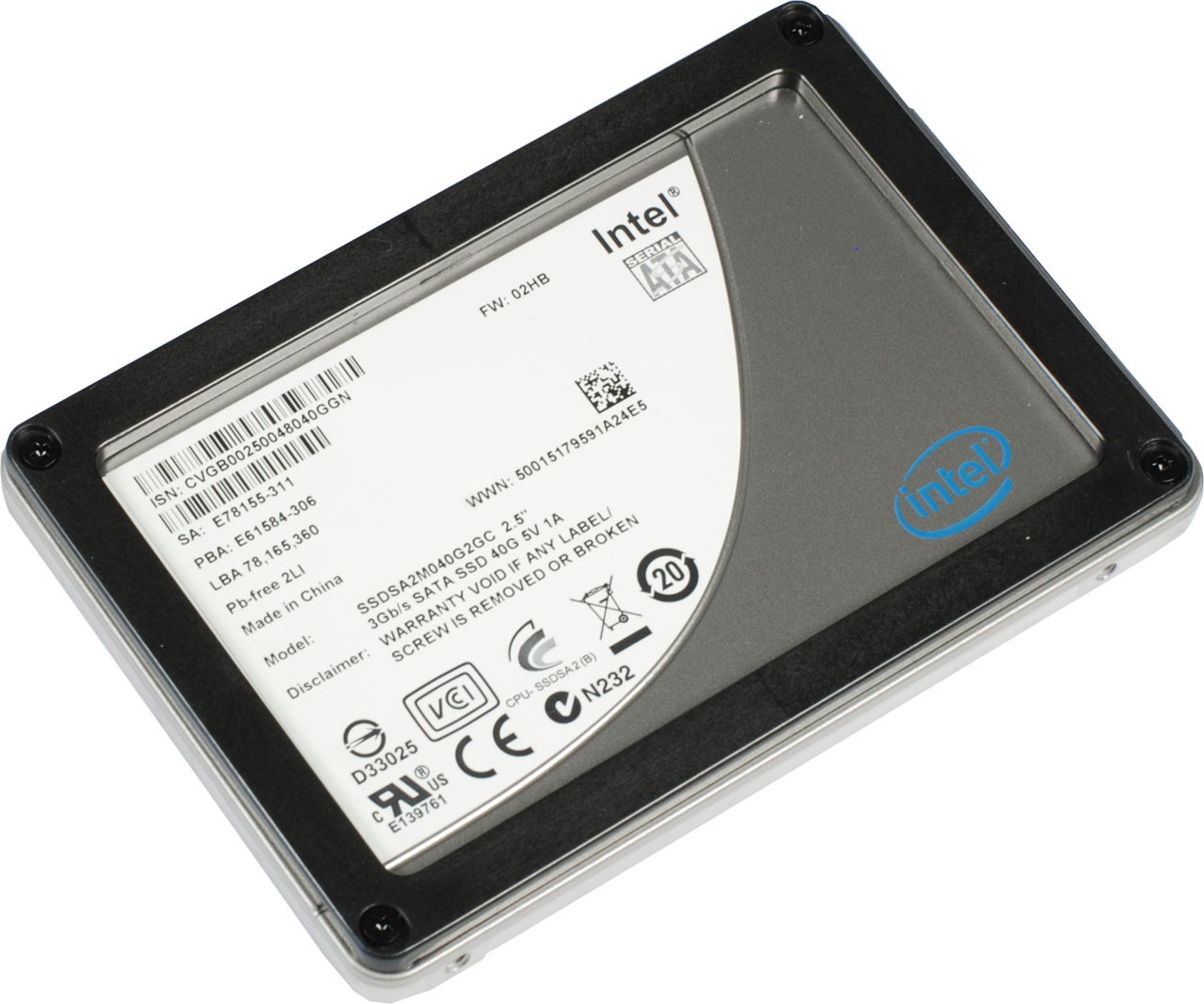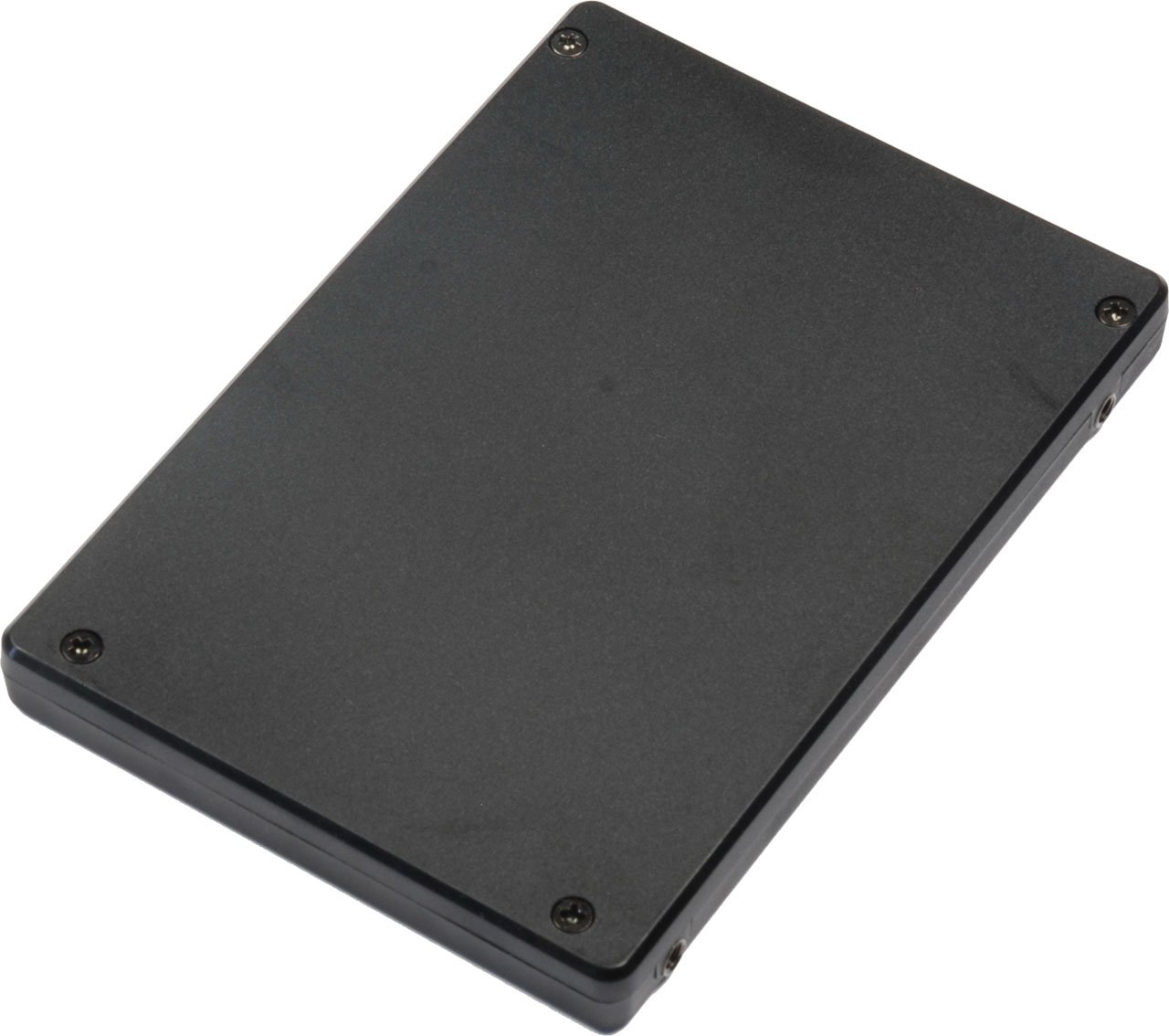SSD Caching (Without Z68): HighPoint's RocketHybrid 1220
Intel plans to offer its SSD caching functionality on the upcoming desktop Z68 platform, and only that platform. HighPoint’s RocketHybrid solution claims to achieve the same functionality, and it’s available as a PCI Express add-in card for only $59.
Test Drives And Setup
Intel X25-V, Samsung PM810, Samsung Spinpoint F4E
We tried various drives, but decided to send two rather different SSD options through our test suite. As mentioned before, we stuck with the RAID 1-based Safe mode, as it allows adding or removing SSDs as cache devices for HDDs on the fly, and without any loss of data. In our scenario, we created a Windows 7 system installation on a 1 TB Samsung Spinpoint F3R drive (HE103SJ) and added a low-cost Intel X25-V 40 GB SSD as a cache drive, as well as a 256 GB Samsung PM810 drive (470 series).
Using any of the faster 6 Gb/s drives, such as the OCZ Vertex 3 or Crucial RealSSD C300, does lead to even better performance in a few tests that we performed. However, we’re not sure if anyone would really go for a very expensive SSD just to turn it into a caching drive. Therefore, we stuck with Samsung’s PM810 as an SSD reference.
Intel’s X25-V is a low-cost option, which is very much what HighPoint has in mind for its target audience. The idea is to get a RocketHybrid card, plus an affordable SSD, to speed up existing systems, which should work out well this way. The HighPoint controller costs $59 and Intel’s 40-GB X25-V is already available for less than $100. It does not deliver great write performance, but since it's used mainly as a read caching device, this should not be much of an issue.
We used Samsung’s Spinpoint F3R drive at 1 TB as our main system drive.
The 40 GB X25-V from Intel is one of the more affordable SSDs we've used, and hence it's a realistic option for a hybrid configuration.
We used Samsung’s 470 series to demonstrate how higher capacities impact the RocketHybrid’s performance.
Get Tom's Hardware's best news and in-depth reviews, straight to your inbox.
Test Setup
| System Hardware | |
|---|---|
| Hardware | Details |
| Processor | Intel Core i5-2500K (Sandy Bridge) 32 nm, D2 stepping, 4C/4T, 3.3 GHz, 4 x 256 KB L2 Cache, 6 MB L3 Cache, HD Graphics 3000, 95 W TDP, 3.7 GHz max. Turbo Boost |
| Motherboard (LGA 1155) | Intel DP67BG, Rev. 1.0, Chipset: Intel P67 Express, BIOS: 1780 |
| Discrete Graphics | Sapphire Radeon HD 5850, GPU: Cypress (725 MHz), Graphics RAM: 1024 MB GDDR5 (2000 MHz), Stream Processors: 1440 |
| RAM | 2 x 4 GB DDR3-1333, G.Skill RipJawsX F3-17066CL9-4GBBXLD |
| Controller | HighPoint RocketHybrid 1220, 6 Gb/s (two ports), PCI Express 2.0 |
| HDD | Samsung Spinpoint F3R, HE103SJ, 1 TB, 7200 RPM, SATA 3 Gb/s, 32 MB Cache |
| SSD | Samsung PM810 (470 series), 256 GB, Firmware 0701, SATA 3 Gb/s |
| Power Supply | OCZ EliteXstream 800 W, OCZ800EXS-EU |
| Benchmarks | |
| Performance Measurements | PCMark Vantage 1.0.2.0 Boot Timer Photoshop CS5 |
| System Software & Drivers | |
| Driver | Details |
| Operating System | Windows 7 x64 Ultimate SP1 |
| Intel Chipset Drivers | Chipset Installation Utility 9.2.0.1025 |
| AMD Graphics | Catalyst 11.2 |
| Intel Rapid Storage | 10.1.0.1008 |
We repeated all benchmarks five times to track variances. Every benchmark repetition meant that we restarted the system to have clean conditions. Most of the runs were executed with scripts to minimize human variance and error.
Current page: Test Drives And Setup
Prev Page RocketHybrid Configuration Next Page Benchmark Results: Startup/Shutdown Times

